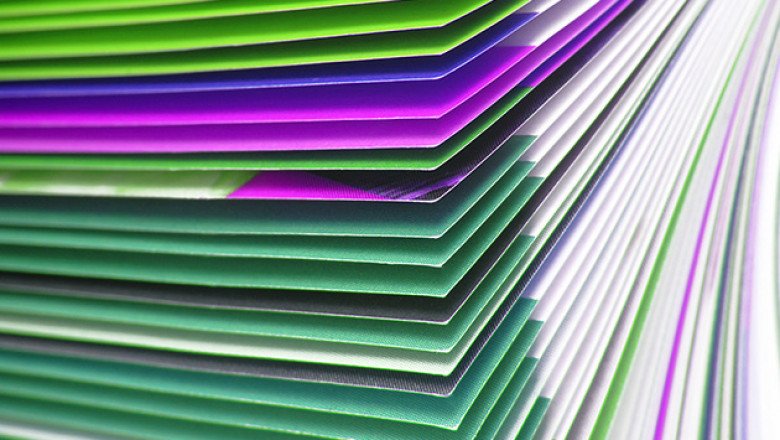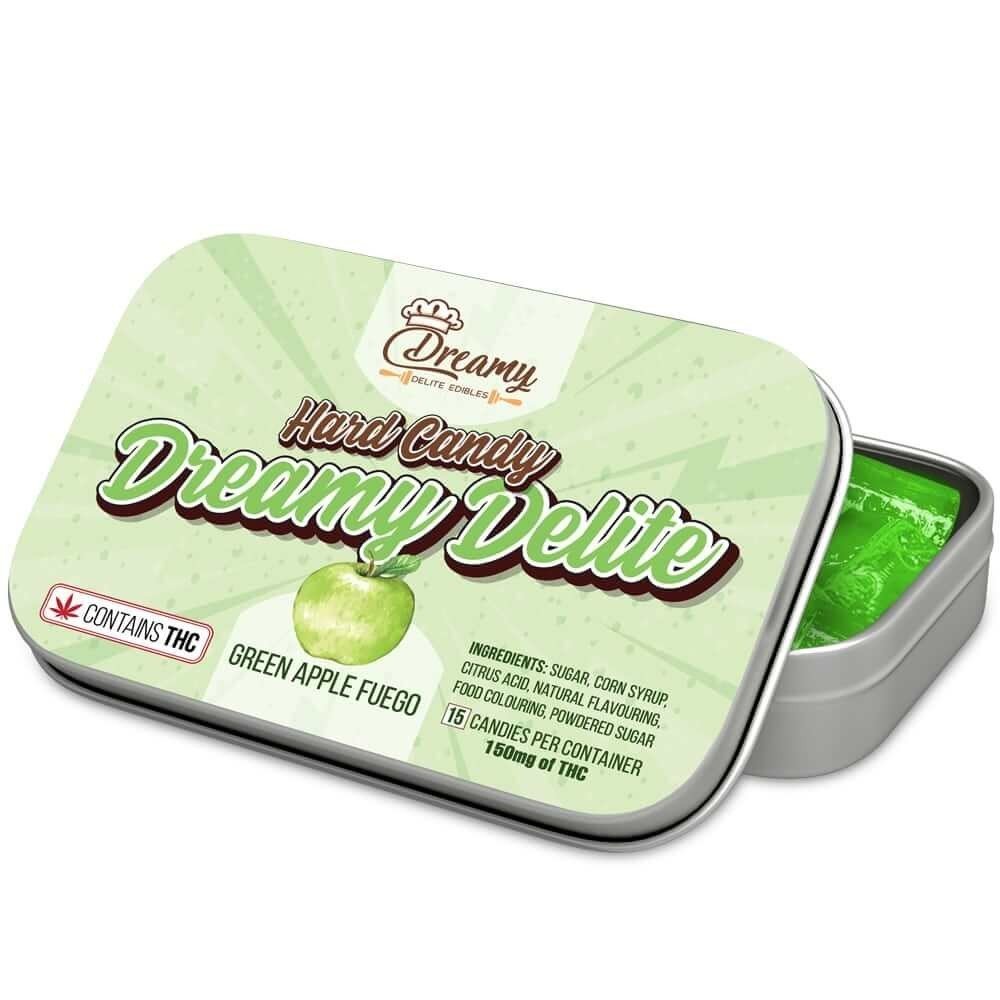
views
How to control the color difference in book printing?
How to control the color difference in book printing?
The chromatic aberration problem of book printing has always plagued most printers in China. Whether the chromatic aberration problem can be effectively controlled is a measuring stick that reflects the company’s product quality, reputation and operator’s skill level. Therefore, it is an issue that every China printing company must pay attention to.
1. Human factors:
It has nothing to do with the skill level of the printer, but it has something to do with the sense of responsibility. Since the color of the same batch of products can be consistent, it means that the skill level of the printer is not low, but why dare to print it if it is inconsistent with the sample? Has the first sample been signed? This is the responsibility of printers.
2. Paper color:
Papers with different whiteness have different effects on the color of the printed ink layer. Because the difference in whiteness is equivalent to adding different black, red, blue or yellow to the ink, although the ink volume and hue are unchanged in printing, the actual ink has a certain degree of transparency, and the color effect varies with the whiteness of the paper. The difference shows up, causing different chromatic aberrations. When opening materials, the same batch number of paper must be used. Because the weight, specification, and size are the same, but the production batch number and date are different, the whiteness of the paper will have a certain difference, which will lead to the color difference of the printed product. Therefore, paper of the same whiteness must be used as the printing paper of the same product.
3. Paper gloss and smoothness:
The gloss of printed matter depends on the gloss and smoothness of the paper. Offset color printing is when light is incident on the surface of the paper, the light is reflected to the retina of the human eye, and the color is seen through photosynthesis received by the color-sensing cells. If the gloss and smoothness of the paper are high, the color we observe is basically the color reflected through the ink layer, and the main color light saturation is high. If the surface of the paper is rough and the gloss is low, it will produce diffuse reflection, which will reduce the saturation of the main color light, and make the color perception of the printed matter lightened by our eyes.
4. Surface treatment of printed sheets:
After surface treatments such as laminating, glazing, calendering, oiling, and printing, printed matter will have varying degrees of hue changes. Some of these changes are physical changes, and some are chemical changes. The physical change is mainly reflected in the increase of specular reflection on the surface of the product, which has a certain effect on the color density. For example, compound light film, UV varnish, calendering, etc., the color density will increase. The color density of the printed product is reduced after the sub-film and the matte oil are applied. The chemical changes mainly come from laminating glue, varnish, UV oil and so on. These materials contain a variety of solvents, and they all cause the color of the printing ink layer to undergo a chemical reaction to cause color changes.
5. Dry back density value:
After the offset printing product is printed, the ink is still in a wet state, and the density value measured at this time is different from the density value measured after the printed matter is dried. High density value when wet, low density value when dry, this is the phenomenon of dry degraded density value. This is because the ink layer just printed has a certain level of leveling. It is mainly manifested by the specular reflection on the surface, which looks bright in color and good luster. When the ink layer dries, there will be diffuse reflection on the surface, and the natural gloss will appear dull and dull than when it was first printed. In order to ensure that the color difference of batch products is reduced as much as possible during normal printing, we adopt the same wet density test method to control.
6. Printing pressure:
Printing pressure is one of the conditions for ink transfer. Because the surface of the printing plate, blanket, etc. cannot be absolutely flat, the surface of the paper is also unavoidable to have fine unevenness or uneven thickness. If the printing pressure is insufficient or uneven, the ink layer is prone to unevenness. Therefore, the process requires "three flats", that is, the surface of the printing plate, the blanket, the substrate and the lining surface are all relatively flat. It is only possible to obtain a more uniform ink color on the printed matter with a thin ink layer through a balanced printing pressure. Using uniform and constant printing pressure can prevent color difference caused by improper pressure.
7. Look at the light source of the sample table:
Offset printed products must have a light source when observing the color. Without light, the color cannot be seen, but if the characteristics of the light source are different, the color difference will be very large. If an ordinary light bulb is used as the light source to observe the color, then the color will appear yellow, it is difficult to accurately identify the color, and the final printed product will have a serious color cast. In addition, the intensity of light and the angle of illumination will also affect the color identification. Therefore, we usually pay attention to two points in our work whether it is day or night: one is to use a standard light source (about 400-700 wavelength), and the other is to pay attention to the intensity of the light source and the angle of illumination.
There are many reasons for printing color difference, and there are more ways to control it. Feel free to contact us to learn more about book printing and how to make cheap book printing China. We can provide you with the best China printing service.












Comments
0 comment